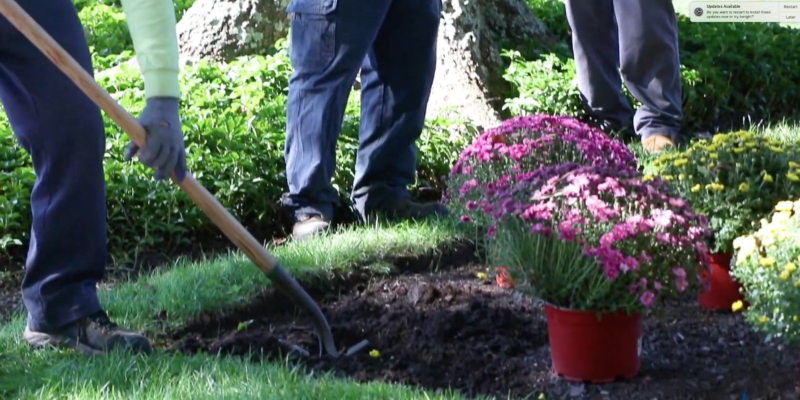From the moment we set foot on the landscape, we are stepping on the most biologically diverse material on earth—a living system of earth dwellers: worms, microbes, fungi, as well as insects and other organisms that are essential to both the environment and to landscape health.
When soils are neglected, weathered or overworked, soil health suffers. By boosting nutritional content and improving texture and drainage, we can restore soil’s biodiversity and improve the landscape’s ability to sustain plant health.
Central to this is the need to increase soil carbon, which, in turn, attracts more microbes and becomes a self-nourishing loop. Technically, the complex relationships that exist within this community of organisms is known as the soil food web and similar to other food chains, it’s essential to overall life.
To keep soils healthy, ELM takes a systems-thinking approach to landscape health, where the world beneath our feet is connected to everything above. In practical terms, this means if the soil is sick, the plant doesn’t have much of a chance to beat the odds.
There are 5 basic elements central to all soil systems: microorganisms, minerals, air, water and organic matter. When any one is out of proportion to the other, it compromises the ability of the soil to be an effective growing medium. The process for correcting these problems at their source has many names, but for ELM, our approach falls under the practice of Plant Health Care.
In general, the science behind this approach ensures that we treat the whole landscape system as more than just the sum of its parts. We do this by:
- Encouraging biodiversity of plants and trees through better landscape planning
- Building healthy topsoil using ground-cover to buffer temperatures and absorb and hold water
- Establishing and maintaining healthy root systems
- Planting trees with healthy canopies to protect the soil surface
- Reducing soil traffic and compaction
- Using mulch, compost and increased levels of organic matter
- Improving nutrient availability
- Regulating air and water, through aeration and advanced irrigation technology
- Using Mycorrhizal fungi to increase a plant’s stress tolerance
- Reducing pesticide use
- Supporting beneficial insects and organisms
- Planting essential habitats that increase, support and protect pollinators
To learn more about the benefits of sustainable soil practices or discover how climate-smart best practices are improving your plant and soil health, contact ELM President, Bruce Moore Jr., at 203-316-5433.

